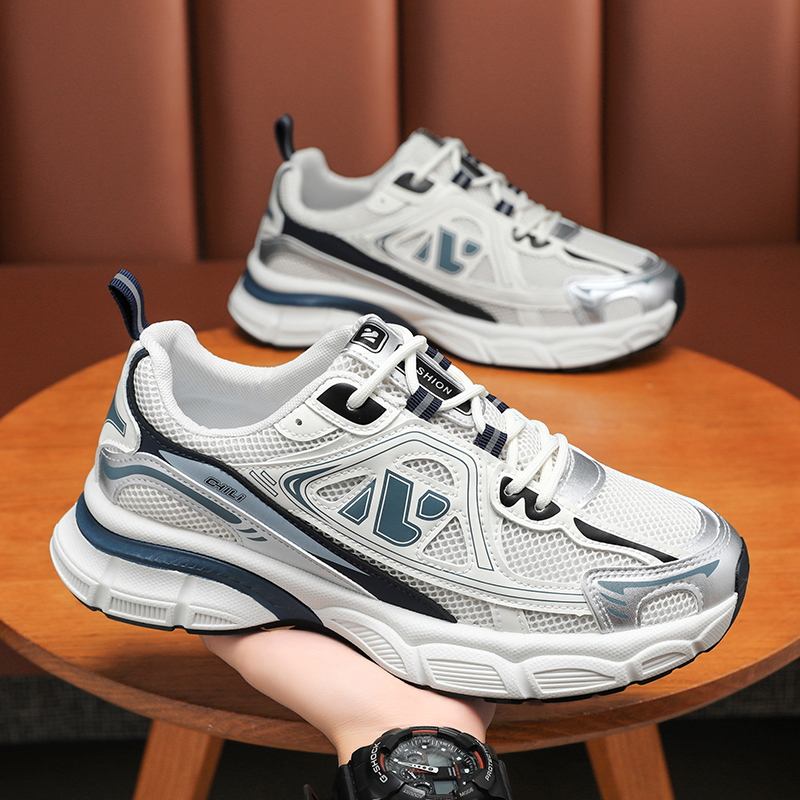ODM vs. OEM for New Brands: Cost, Control, and Speed
Introduction: The Path for New Sneaker Brands
For emerging sneaker brands, one of the biggest strategic decisions is whether to work with ODM (Original Design Manufacturer) or OEM (Original Equipment Manufacturer) partners. Each model has its own trade-offs in terms of cost, control, and speed to market. By understanding these differences and collaborating with reliable Custom Sneaker Manufacturers, new brands can choose the right sourcing path to support growth.
🔹 What is ODM? Pre-Designed Products Made Simple
ODM suppliers offer ready-made designs that buyers can private-label. Key benefits include:
-
Lower development costs – no need for unique tooling or molds.
-
Faster lead times – products are nearly production-ready.
-
Simplified process – minimal design work needed from the buyer.
However, ODM sneakers may lack exclusivity, since the same designs can be offered to multiple buyers. Many startups use ODM through Sneaker Wholesale channels to test demand before committing to unique designs.
🔸 What is OEM? Customization with Control
OEM manufacturing gives brands the freedom to design their own sneakers, from outsoles to uppers. Advantages include:
-
Exclusive branding – unique products differentiate your label.
-
Higher design flexibility – choose materials, patterns, and colors.
-
Stronger brand identity – build a reputation around original products.
The trade-off is higher upfront investment, longer development cycles, and the need for close collaboration with Custom Sneaker Manufacturers to ensure feasibility.
⚖️ Comparing ODM vs. OEM for New Brands
-
Cost – ODM has lower entry costs, OEM requires investment in molds and sampling.
-
Speed – ODM is faster, OEM takes more time to develop.
-
Control – ODM offers limited customization, OEM provides full control.
-
Scalability – OEM is better suited for long-term brand building.
For B2B buyers, the right choice depends on budget, time-to-market, and long-term strategy.
🧪 Hybrid Approaches: Blending ODM and OEM
Some brands adopt a hybrid strategy:
-
Start with ODM products to enter the market quickly.
-
Transition into OEM for hero products once demand is proven.
-
Use Sneaker Wholesale to supplement seasonal assortments without overcommitting inventory.
This approach balances speed and brand differentiation, reducing risk for new entrants.
🌍 Business Implications for Buyers
Choosing between ODM and OEM affects more than just production:
-
📈 Brand positioning – OEM supports premium branding, ODM is cost-driven.
-
✅ Risk management – ODM lowers entry barriers, OEM builds long-term value.
-
💼 Supplier partnerships – strong relationships with Custom Sneaker Manufacturers make both models easier to manage.
Conclusion: Choosing the Right Model for Growth
For new sneaker brands, ODM and OEM both offer advantages. ODM provides speed and affordability, while OEM delivers customization and exclusivity. By aligning with experienced Custom Sneaker Manufacturers and leveraging Sneaker Wholesale opportunities, buyers can adopt a sourcing strategy that balances cost, control, and speed—paving the way for long-term success.




















